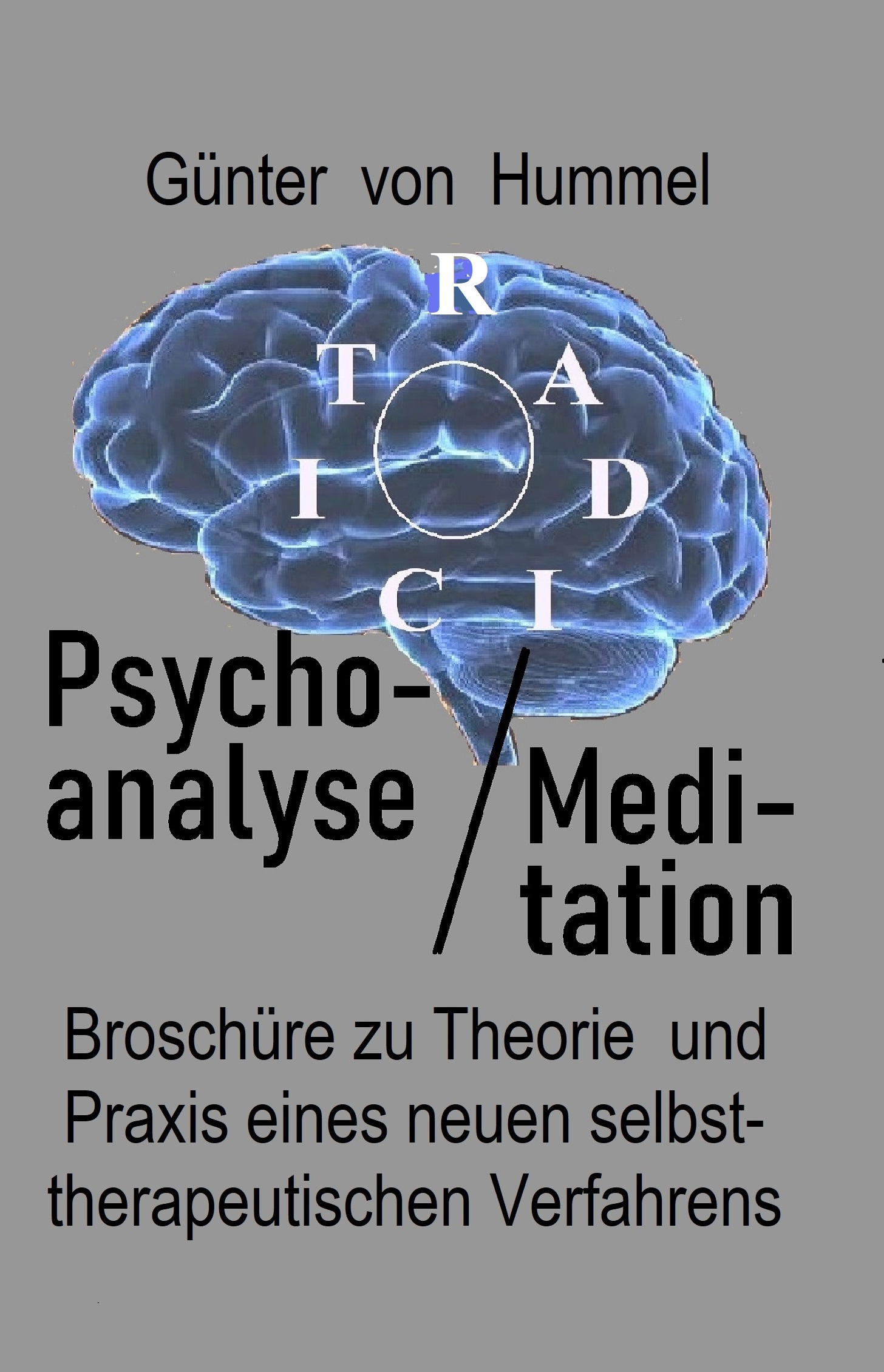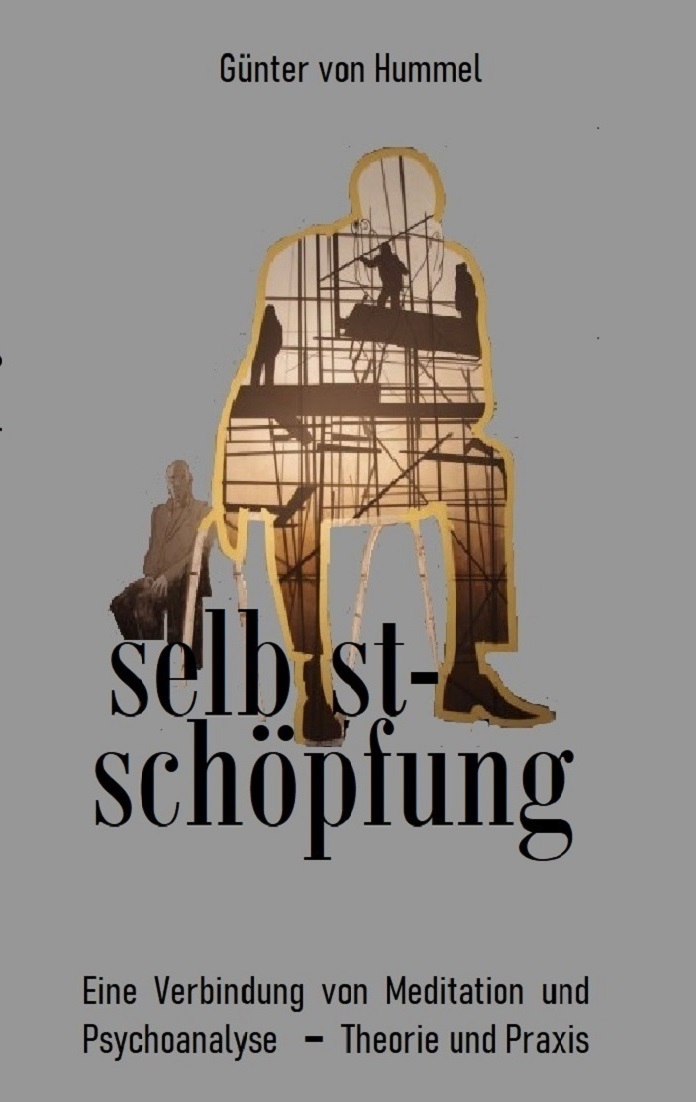Consequently, it is not sufficient to only extract and interpret the ‘Up’ of the „symbolic phallus“1 of the patient’s associations, even if it would be very helpful, for still, it is an initial ‘Up’.
I had to go through many meanders before identifying that mutuality has more substance than differences. I think that a list of all these aspects could be important for both the Eastern and Western people. Isn’t the Sant Mat ‘master’ like a seductive Super-Ego through his stringency, his respectability, his SHINES – form, based on which he preaches his asceticism, straightness and uprightness? And don’t we find, on the other hand, the analyst behind the couch with an upright spine, a monument of abstinence, which he is also obliged to adhere to, while at the same time he fascinates and tempts us with the knowledge, which is assumed his, thereby seducing us to transference?
Footnote:
The „symbolic“ or „desexualized phallus“ is a strong signifier essentially containing “infantile sexuality” just as in a strong and powerful erective sense, and for which there is no signification or denotation. Subsequently, a word, symbol or an ‘up’ needs to be found for it in order to inscribe it into normal discourse. The whole quarrel between C.G. Jung and S. Freud was about this concept: Is it all about sex or is it about intellectual energy?
The Indians have – as I described above – included it well in the Lingam symbol: It is understood as a ‘transcendental phallus’, as one of a God, and not simply as a general symbol of male sexuality. It is the decisive signifier in psychoanalysis and is taken in that way in yoga, too (and exaggerated in Tantric Yoga).


